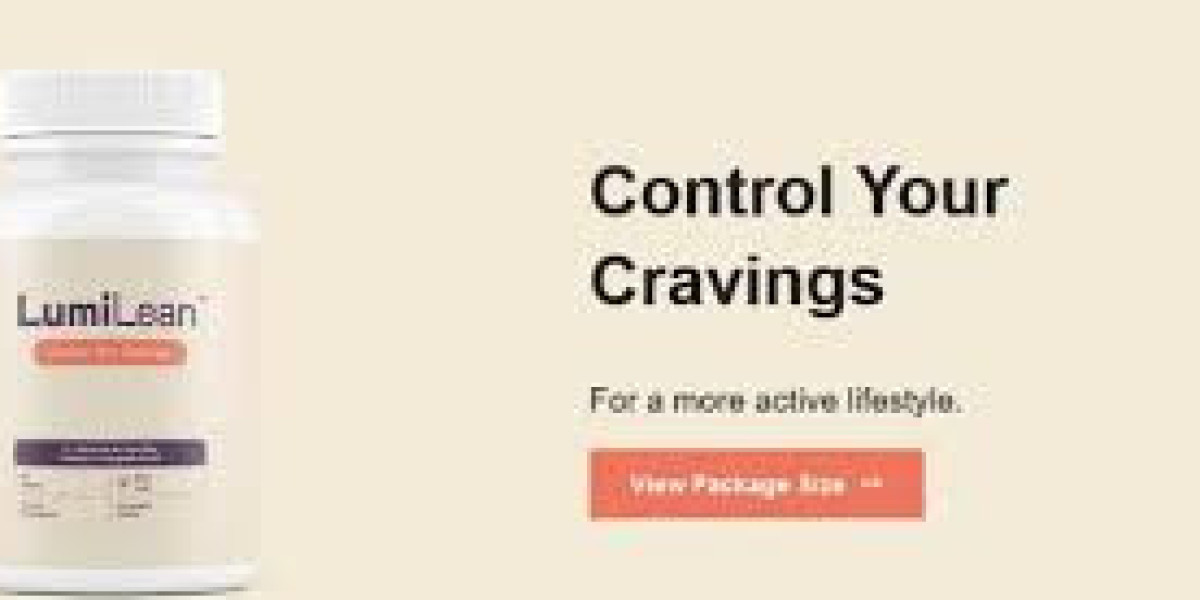Wound care can be complex, especially when it comes to deep, chronic wounds that resist healing through conventional methods. In such cases, vacuum-assisted closure (VAC) has proven to be a highly effective solution. If you're curious about how does a wound vac work for chronic wound management, this guide will help you understand its functionality, benefits, and practical application in long-term healing.
What Are Chronic Wounds?
Chronic wounds are those that fail to progress through the normal stages of healing within a predictable timeframe. They may remain open for weeks or even longer, often becoming susceptible to infection or tissue death. Common types include:
Diabetic ulcers
Pressure ulcers
Ischemic wounds
Surgical wounds with delayed healing
These wounds typically require advanced care due to poor blood flow, infection, repeated trauma, or underlying health conditions. That’s where wound vac therapy becomes essential.
What Is a Wound Vac?
A wound vac is a therapeutic device that uses negative pressure to promote wound healing. It consists of:
Foam or gauze dressing to fill the wound
Adhesive film to seal the area
Tubing to connect the dressing to the vacuum system
Pump unit that applies negative pressure
Canister to collect fluids and exudate
Understanding how does a wound vac work begins with recognizing that it’s not just about suction—it's about creating the optimal environment for tissue regeneration.
How Does a Wound Vac Work on Chronic Wounds?
Deep chronic wounds are often irregular in shape and have substantial tissue loss. The wound vac addresses these issues through a sequence of healing mechanisms:
1. Fluid Removal
Chronic wounds often produce excess exudate, which can delay healing. The vacuum pulls this fluid away from the wound bed, reducing inflammation and bacterial load.
2. Edema Reduction
By minimizing swelling, the wound vac enhances blood flow and oxygen delivery, two vital components of tissue repair.
3. Wound Contraction
Negative pressure gently draws the wound edges inward, reducing wound size over time.
4. Stimulation of Tissue Growth
The mechanical force exerted by the vacuum stimulates the production of granulation tissue, which is essential for wound filling and skin regeneration.
5. Barrier to External Contamination
The sealed dressing prevents bacteria and debris from entering the wound, protecting the site while it heals.
Benefits of Wound Vac for Chronic Wounds
Using a wound vac for deep, non-healing wounds offers a range of advantages:
Faster tissue regeneration
Improved wound hygiene
Better drainage control
Lower risk of infection
Less frequent dressing changes
Increased patient comfort and mobility
These benefits can lead to better outcomes, fewer complications, and in some cases, reduced need for surgical intervention.
Types of Chronic Wounds That Respond Well to Wound Vac Therapy
Not all wounds are suitable for this treatment, but many chronic types respond particularly well, including:
Stage III and IV pressure ulcers
Deep diabetic foot ulcers
Non-healing post-operative wounds
Necrotic wounds following debridement
Chronic venous leg ulcers
Healthcare providers assess each wound individually to determine whether a wound vac is the best option.
The Dressing Application Process
Here’s a breakdown of the steps involved in applying a wound vac dressing:
Step 1: Wound Preparation
Before applying the device, the wound is thoroughly cleaned. If there’s necrotic or infected tissue, it must be debrided to prevent obstruction of healing.
Step 2: Placement of Foam or Gauze
The foam or gauze is cut to fit the wound’s shape and depth. This allows for full contact with all areas of the wound bed, promoting uniform suction.
Step 3: Sealing the Wound
A transparent adhesive drape is placed over the foam and onto the surrounding skin to create an airtight seal. This is essential for maintaining the correct pressure level.
Step 4: Connecting the Vacuum System
Tubing is attached through a small opening in the drape, which connects to the vacuum unit. The pump then creates continuous or intermittent negative pressure.
Step 5: Monitoring
The system is monitored to ensure there are no leaks or blockages. Dressing changes are done every 48–72 hours or as directed.
How Long Does Treatment Last?
The duration of wound vac therapy for chronic wounds varies depending on wound size, depth, and response. Some patients see results within a week, while others may require several weeks or longer. Regular assessments help track healing progress and determine whether adjustments are needed.
At-Home Use of Wound Vac Systems
Many patients with chronic wounds can continue therapy at home using portable wound vac units. These devices are battery-powered, compact, and easy to manage. Home care professionals usually assist with dressing changes and monitoring.
Home Use Tips:
Always keep the system running unless instructed otherwise
Avoid getting the dressing wet
Check the seal for leaks
Report unusual pain or odors
Charge the unit regularly if battery-operated
Learning how does a wound vac work can also help patients become more confident in managing their own care during recovery.
Risks and Contraindications
Though highly effective, wound vac therapy is not suitable for every patient. Potential risks include:
Skin irritation around the seal
Bleeding from the wound site
Pain during dressing changes
Development of fistulas in very deep wounds
Contraindications include:
Untreated bone infections
Wounds with exposed blood vessels or organs
Malignant wounds
Active, uncontrolled bleeding
Proper evaluation by a wound care specialist is necessary before beginning therapy.
Combining Wound Vac Therapy With Other Treatments
For best results, wound vac therapy is often used in conjunction with other treatments such as:
Antibiotics for infection
Nutritional support
Pressure offloading (for pressure ulcers)
Blood sugar control in diabetic patients
Surgical debridement
This multi-pronged approach can enhance outcomes and prevent setbacks during the healing process.
Advances in Wound Vac Technology
Recent improvements in wound vac design and technology have made them more efficient and easier to use:
Lightweight portable models
Single-use disposable units
Integrated alarms and sensors
Custom-fit dressing kits
Antimicrobial foam options
These advancements reduce complications and enhance user experience, especially in home-care environments.
Frequently Asked Questions
Can wound vacs be used on all chronic wounds?
No, the wound must be assessed to ensure there are no contraindications like necrosis or exposed vessels before using a wound vac.
Do wound vacs help reduce pain?
Although some patients feel mild discomfort, many report less pain over time due to reduced inflammation and fewer dressing changes.
How do I know if the wound vac is working?
Signs of effective therapy include a reduction in drainage, visible granulation tissue, shrinking wound size, and cleaner wound appearance.
What happens if the vacuum seal breaks?
A broken seal can reduce therapy effectiveness. You should patch it with additional drape material or contact a provider if unsure how to fix it.
Can I shower with a wound vac?
Unless otherwise advised, you should avoid getting the dressing wet. Some models allow for brief disconnection or include protective covers.
Is the wound vac noisy or hard to carry?
Most modern units are quiet and portable. Patients often carry them in small cases or pouches, making daily life more manageable during treatment.
Conclusion
Chronic wounds require specialized care, and vacuum-assisted closure offers a highly effective solution. By controlling infection, promoting tissue growth, and reducing complications, wound vac therapy transforms how chronic wounds are managed—and ultimately, how they heal.









